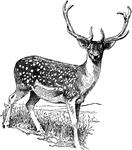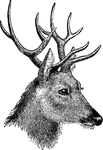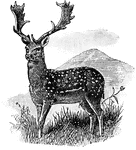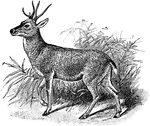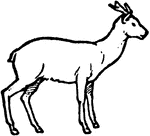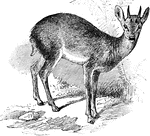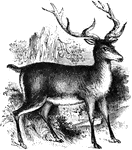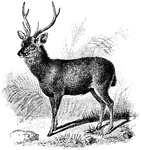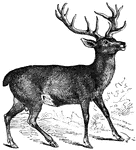Clipart tagged: ‘kdeer’
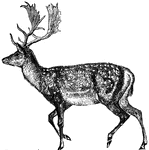
Deer
The fallow deer may easily be known from the stag by its smaller size and flat horns, and the white…
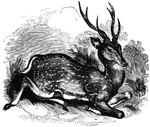
Axis Deer
"In size and general form it nearly resembles the common fallow-deer. The skin is at all times of a…
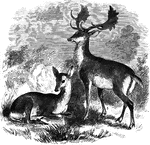
Common Deer
"Is a smaller, feebler, and more common place in its character than the red deer." — S. G. Goodrich,…
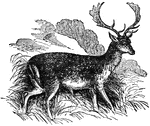
Fallow Deer
A species of deer well known in Britain, being very commonly kepts in parks, as it is also in most parts…
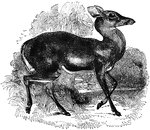
Female American Deer
"It is about the size of the European fallow-deer, and resmebles it in temper and character; the color…

Male American Deer
"It is about the size of the European fallow-deer, and resmebles it in temper and character; the color…
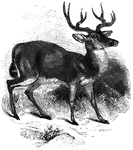
Mule Deer
"Is between the common deer and the American elk in size. Its horns are round and twice forked; the…

Musk Deer
The musk deer receives its name from the valuable drug it produces. Its numbers have been greatly reduced…
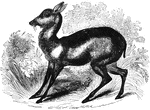
Musk Deer
"Resembles the roebuck in size and form; the color is a rusty gray, in some cases wavy; the female less…

Napu Musk Deer
"Is two feet long and nine inches high; the eyes large and brilliant; the tail short; the general color…
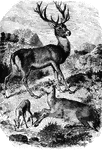
Red Deer
"The horns of the male are lofty and branching, the female being destitute of these ornaments. In the…
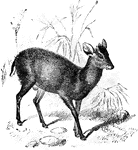
Tufted Deer
The Tufted Deer (Elaphodus cephalophus) is a mammal closely related to the muntjac in the Cervidae family…

Stag
"Stag, or Red Deer, is a typical species of deer, occurring in the N. of Europe and Asia. It was once…


